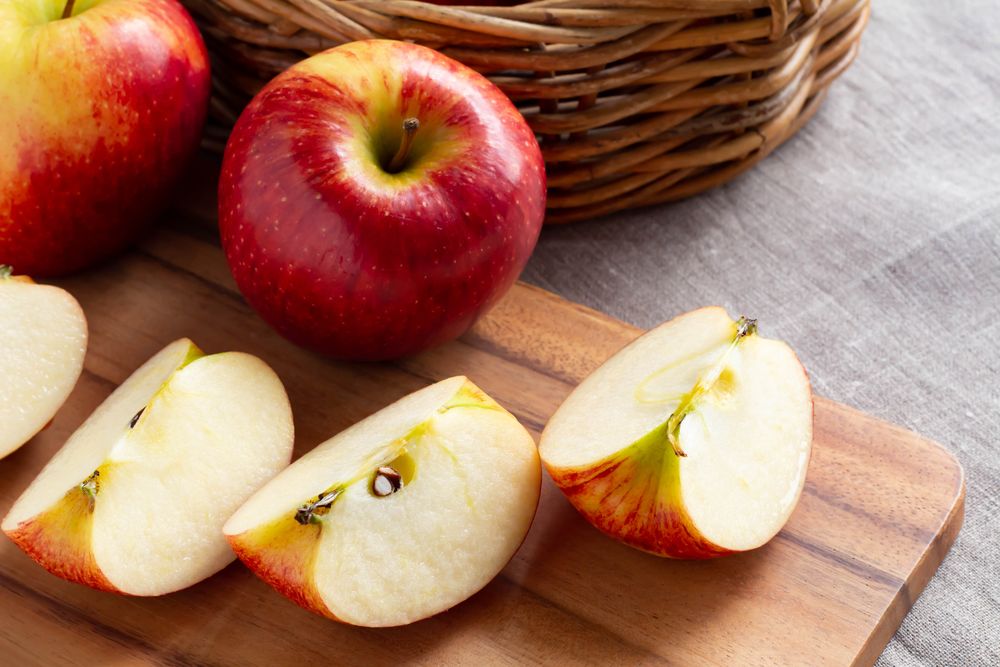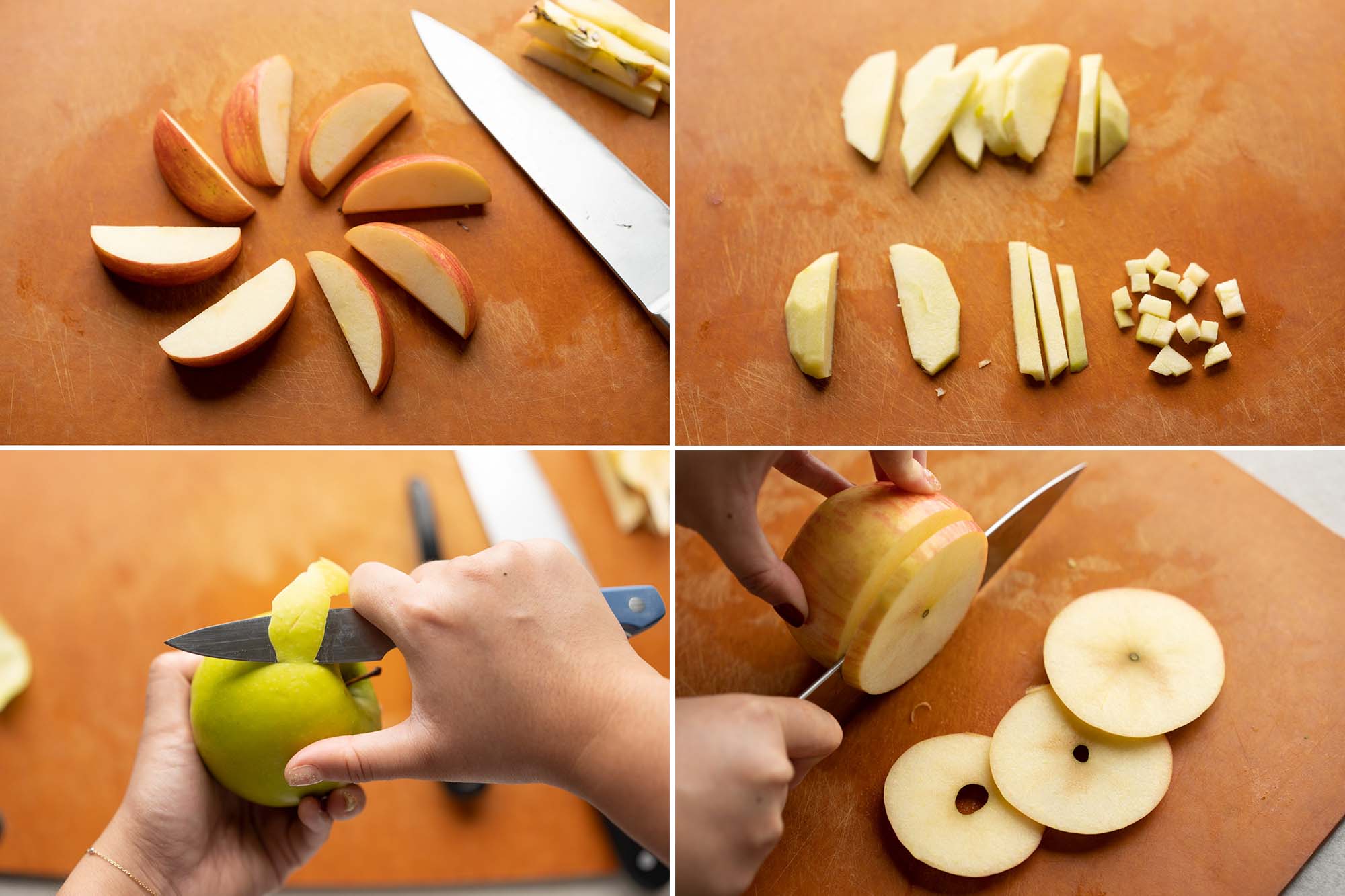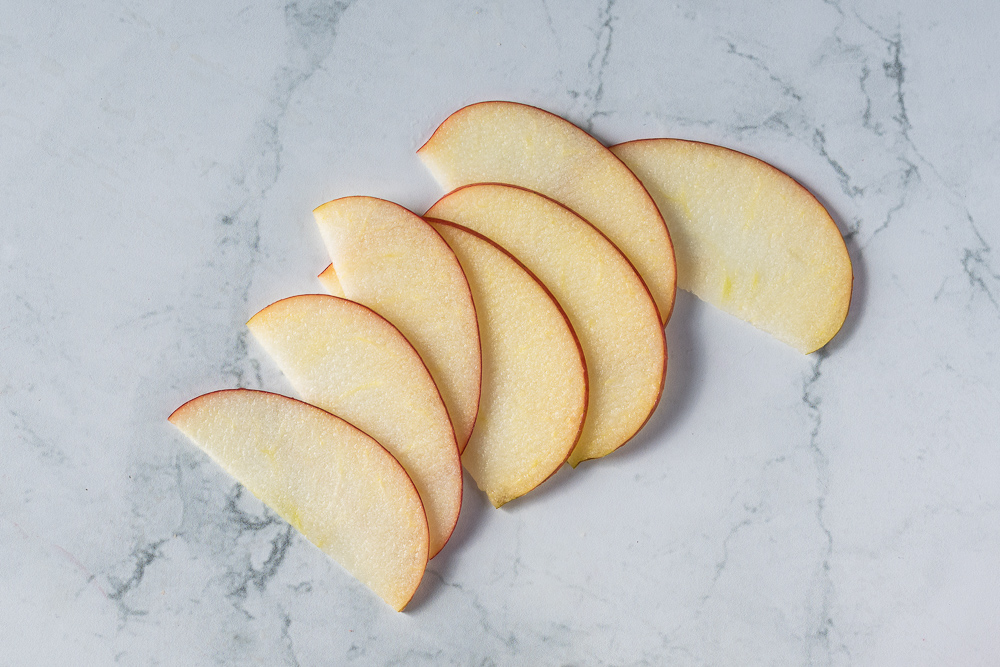Freshness Matters: Why Proper Storage is Crucial
Proper storage is essential to maintaining the freshness, texture, and nutritional value of cut apples. When apples are cut, their cells are exposed to oxygen, which triggers a series of enzymatic reactions that lead to browning, spoilage, and food waste. This process can be slowed down or even prevented by storing cut apples in the fridge using the right techniques. In fact, learning how to store cut apples in the fridge can help extend their shelf life and keep them fresh for a longer period. Improper storage, on the other hand, can result in a significant loss of nutrients and flavor, making the apples unpalatable and even unsafe to eat. By understanding the importance of proper storage, you can enjoy crunchy, juicy apples for a longer time and reduce food waste.
The Science Behind Apple Browning: Understanding Enzymatic Reactions
When apples are cut, their cells are exposed to oxygen, triggering a series of enzymatic reactions that lead to browning. This process is a natural response to injury, as the apple’s cells attempt to repair themselves by producing melanin, a brown pigment. The main culprit behind apple browning is an enzyme called polyphenol oxidase (PPO), which catalyzes the reaction between phenolic compounds and oxygen. As PPO breaks down, it releases quinones, which then react with amino acids to form melanin, resulting in the characteristic brown color. Understanding these enzymatic reactions is crucial in developing effective storage methods, such as using acidic environments or refrigeration, to prevent browning and spoilage. By grasping the science behind apple browning, readers can better appreciate the importance of proper storage techniques, like how to store cut apples in the fridge, to maintain the freshness and quality of their apples.
How to Store Cut Apples in the Fridge: Tips and Tricks
To keep cut apples fresh for a longer period, it’s essential to store them properly in the fridge. Here’s a step-by-step guide on how to store cut apples in the fridge: First, choose airtight containers that are specifically designed for storing fruits and vegetables. These containers will help to maintain high humidity and prevent moisture from entering or escaping. Next, add a splash of lemon juice or vinegar to the container to create an acidic environment. This will help to slow down the browning process and prevent spoilage. Place the cut apples in the container, making sure they are not overcrowded or touching each other. Finally, store the container in the refrigerator at a temperature between 32°F and 40°F (0°C and 4°C). By following these simple steps, you can enjoy fresh and crunchy apples for up to 5 days. Remember, learning how to store cut apples in the fridge is crucial in maintaining their freshness and quality.
The Role of Acidic Environments: Using Lemon Juice and Vinegar
Acidic environments play a crucial role in preventing browning and spoilage of cut apples. One of the most effective ways to create an acidic environment is by using lemon juice or vinegar. When apples are cut, the enzyme polyphenol oxidase (PPO) reacts with oxygen to form melanin, leading to browning. However, acidic environments can slow down this reaction, thereby preventing browning. Lemon juice and vinegar are both effective in creating an acidic environment, with a pH level that inhibits the activity of PPO. To use lemon juice or vinegar, simply sprinkle a few drops onto the cut apples or mix them with water to create a solution. Then, store the apples in an airtight container in the fridge, following the steps outlined in the guide on how to store cut apples in the fridge. By using acidic environments, you can enjoy fresh and crunchy apples for a longer period. Remember, the key to maintaining freshness is to store cut apples in a way that prevents browning and spoilage, and acidic environments are an essential part of this process.
Alternative Storage Methods: Beyond the Fridge
While refrigeration is an effective way to store cut apples, there are alternative methods that can help extend their shelf life. Freezing, dehydrating, and canning are three popular options that can be used to store cut apples for longer periods. Freezing cut apples is a great way to preserve their texture and flavor. Simply place the cut apples in an airtight container or freezer bag, making sure to remove as much air as possible before sealing. Frozen cut apples can be stored for up to 12 months. Dehydrating cut apples is another option that can help preserve their nutritional value. Dehydrated apples can be stored in airtight containers for up to 6 months. Canning is a more advanced method that requires special equipment and techniques. However, canned apples can be stored for up to 12 months and are a great option for long-term storage. When using alternative storage methods, it’s essential to follow proper food safety guidelines to prevent spoilage and foodborne illness. By exploring these alternative methods, you can enjoy fresh and crunchy apples throughout the year, even when they’re out of season.
Common Mistakes to Avoid When Storing Cut Apples
When it comes to storing cut apples, there are several common mistakes that can lead to browning, spoilage, and food waste. One of the most critical mistakes is using the wrong containers. Using containers that are not airtight or are made of materials that react with the apples can cause them to spoil quickly. Another mistake is not refrigerating the apples promptly. Cut apples should be refrigerated within an hour of cutting to prevent browning and spoilage. Not using acidic environments, such as lemon juice or vinegar, can also lead to browning and spoilage. Additionally, not storing the apples at the correct refrigeration temperature can cause them to spoil quickly. To avoid these mistakes, make sure to use airtight containers, refrigerate the apples promptly, and use acidic environments to prevent browning and spoilage. By following these tips, you can enjoy fresh and crunchy apples for longer. Remember, proper storage methods are crucial to maintaining the freshness, texture, and nutritional value of cut apples. By avoiding common mistakes, you can ensure that your cut apples stay fresh for a longer period.
Maximizing Shelf Life: How Long Do Cut Apples Last?
When stored properly, cut apples can last for several days to a week. The exact shelf life depends on various factors, including the type of apple, the storage method, and the handling of the apples. Generally, cut apples can last for 3 to 5 days when stored in the fridge, and up to 12 months when frozen or dehydrated. To extend the shelf life of cut apples, it’s essential to follow proper storage methods, such as using airtight containers, acidic environments, and refrigeration temperatures. Additionally, handling the apples gently, washing them thoroughly, and removing any bruises or blemishes can also help to extend their freshness and shelf life. By following these tips, you can enjoy fresh and crunchy apples for a longer period. Remember, proper storage methods are crucial to maintaining the freshness, texture, and nutritional value of cut apples. By understanding how to store cut apples in the fridge and using alternative storage methods, you can maximize their shelf life and reduce food waste.
Conclusion: Enjoy Fresh Apples for Longer
In conclusion, storing cut apples properly is crucial to maintaining their freshness, texture, and nutritional value. By understanding the science behind apple browning and using the right storage methods, such as refrigeration, acidic environments, and alternative storage methods, you can enjoy fresh and crunchy apples for a longer period. Remember, proper storage methods can help to prevent browning, spoilage, and food waste. By following the tips and tricks provided in this article, you can maximize the shelf life of cut apples and reduce food waste. Whether you’re a health-conscious individual, a busy parent, or a food enthusiast, learning how to store cut apples in the fridge and using alternative storage methods can make a significant difference in your daily life. So, go ahead and try out these tips and tricks to enjoy fresh apples for longer!








